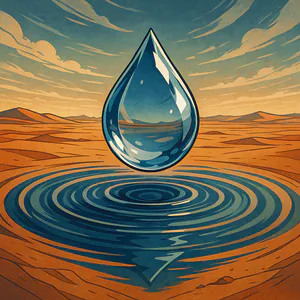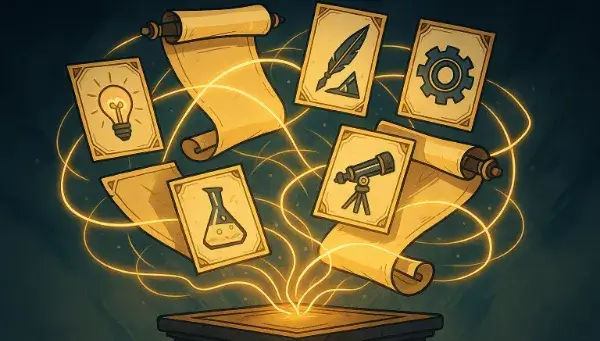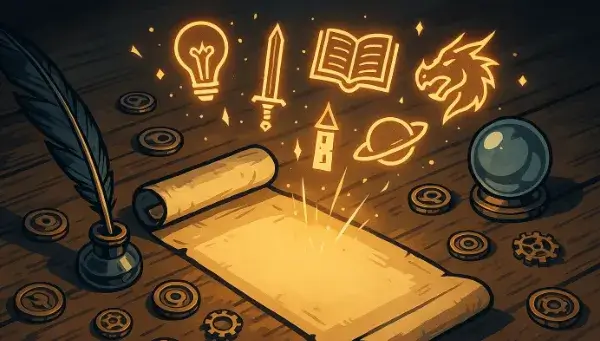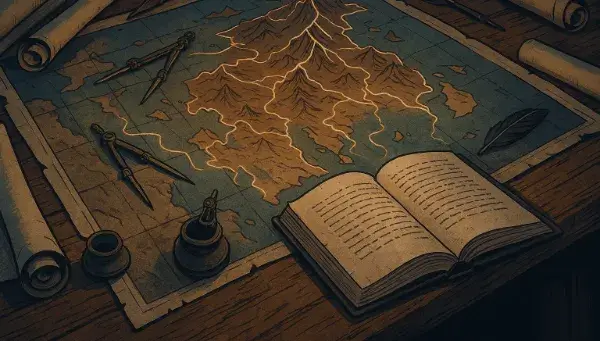Generate element names
More Various Name Generators- <% result.name %>
Discover all Story Shack apps
Naming Your New Element
To invent an element name, consider:
- Should it sound metallic or gaseous?
- Do you prefer Greek, Latin, or novel roots?
- Will it hint at properties like “-ite” or “-ium”?
- How many syllables feel scientific?
- Does it fit your world’s chemistry?
Element Name FAQs
Answers for coining elements:
How are element names generated?
They randomly merge linguistic roots and scientific suffixes.
Can I specify suffix?
Regenerate until “-ite” or “-ium” appears; no direct filter.
Are names pronounceable?
Yes—they follow phonotactic rules for readability.
How many can I generate?
Unlimited—click until your periodic table is full.
How do I copy or save?
Click the name to copy it or the heart to save it to favorites.
What are good element names?
There's thousands of random element names in this generator. Here are some samples to start:
- Rugluetrium
- Musmuonyx
- Estuylium
- Nofroenium
- Sciontine
- Wusneanyx
- Sepraetrium
- Pleanor
- Efrium
- Kotrunese
About the creator
All idea generators and writing tools on The Story Shack are carefully crafted by storyteller and developer Martin Hooijmans. During the day I work on tech solutions. In my free hours I love diving into stories, be it reading, writing, gaming, roleplaying, you name it, I probably enjoy it. The Story Shack is my way of giving back to the global storytelling community. It's a huge creative outlet where I love bringing my ideas to life. Thanks for coming by, and if you enjoyed this tool, make sure you check out a few more!








































































